Make Teaching Your Children Shakespeare Easy
This post may contain affiliate links. For more information, please read my disclosure policy.
Teach your children Shakespeare the easy way!
I received How to Teach Your Children Shakespeare for free and was compensated for my time. All opinions are my honest opinions and I was not required to post a positive review. For more information, please read my disclosure.
As classical homeschoolers we should be teaching our children Shakespeare, but are we? I don’t know about you, but I’ve always found teaching Shakespeare intimidating.
After all, where do you start? What should the kids memorize? How do we get our children to enjoy Shakespeare and not just regurgitate it?
And that’s just what How to Teach Your Children Shakespeare teaches you. It’s a gentle, step-by-step guide that holds your hand as you educate your kids about the great bard.
Have you noticed that most programs require you read the entire teacher’s manual before you begin? It’s time consuming!
How to Teach Your Children Shakespeare begins simply. Read the eloquent introduction by John Lithgow and begin with chapter one. You and your children just right into memorizing a single line of Shakespeare’s A Midsummer’s Night Dream.
That’s it!
Can you get easier than opening up to the first chapter and jumping right into memorizing Shakespeare? Even my youngest children had the line memorized in moments. Of course, we still needed to repeat the line, after all, Repetitio Mater Memoriae or repetition is the mother of memory.
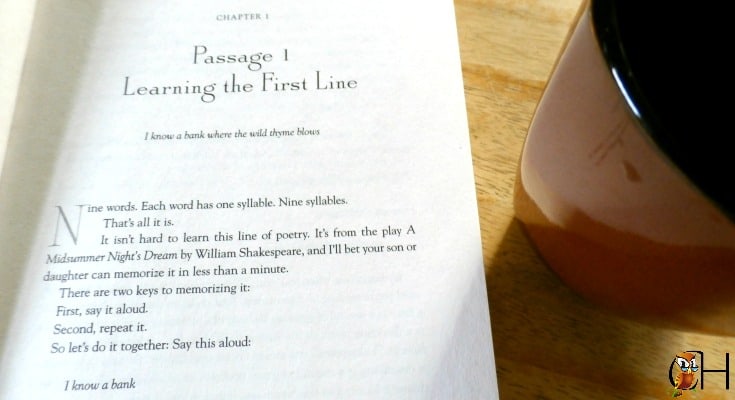
Chapter two pauses to give you some background. Why should you and your children memorize Shakespeare? Is it really worth the time to memorize passages of an author long gone?
As classical educators, I think we’ll all heartily agree it’s worth the time, but I loved reading more reasons why it’s so important to spend time studying and memorizing Shakespeare.
Chapter three explains the format of the book, how it’s laid out, and why. By the time the book is finished, you and your children will have memorized 25 passages of Shakespeare. Can you believe it?
And it’s laid out in such an easy fashion. Work slowly through the chapters one by one and you’ll reach the goal. All with the guidance of Ken Ludwig
Chapter four continues the memorization of the passage. It also introduces imagery and rhythm. That’s what I love about How to Teach Your Children’s Shakespeare. It intersperses concepts such as imagery and rhythm throughout the book in bite-sized pieces.
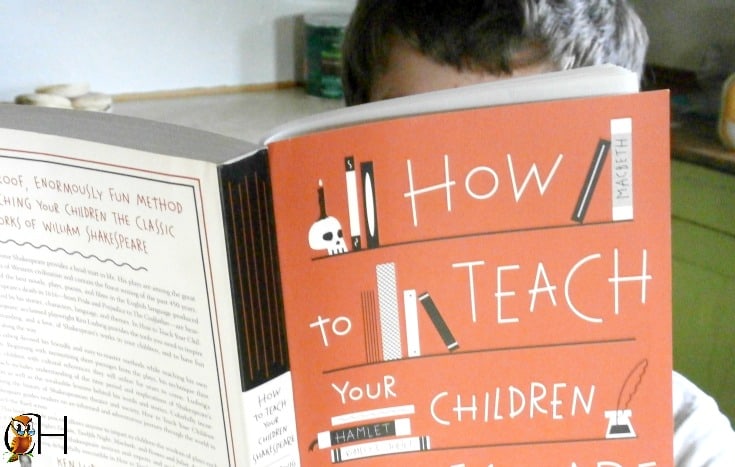
Shakespeare Is Slowly Taught
Kids are slowly taught Shakespeare’s literary techniques as they memorize the 25 passages. For instance the difference between poetry and prose is taught after you’ve memorized several pieces.
You’re never given a huge amount to teach or understand. Each chapter is a bite-sized chunk to work through, to memorize, to understand before you move to the next chapter
It’s perfect for morning time.
How to Teach Your Children Shakespeare works through the plays one by one. You’re not jumping from A Midsummer’s Night Dream to Hamlet and back. Instead you memorize various passages from each play while the characters and plot slowly unfold.
The guide begins with the plays most accessible to children, the comedies A Midsummer’s Night Dream and Twelfth Night
How to Teach Your Children Shakespeare doesn’t forget William Shakespeare the man. You’re also introduced to Shakespeare’s life. There’s even an overview of his work as well!
How to Teach Your Children Shakespeare takes you by the hand and walks you through a thorough introduction to the great bard. You begin simply, with just a couple of lines, and go from there.
What I love about the book is that explanations, commentaries, and discussion points are mixed into the memorization. Each chapter builds upon the previous chapter, but you don’t need to understand everything to start.
You merely need to begin and slowly your children will come to love Shakespeare. It all begins by picking up your copy of How to Teach Your Children Shakespeare.
Learn More
What is your favorite Shakespeare play?


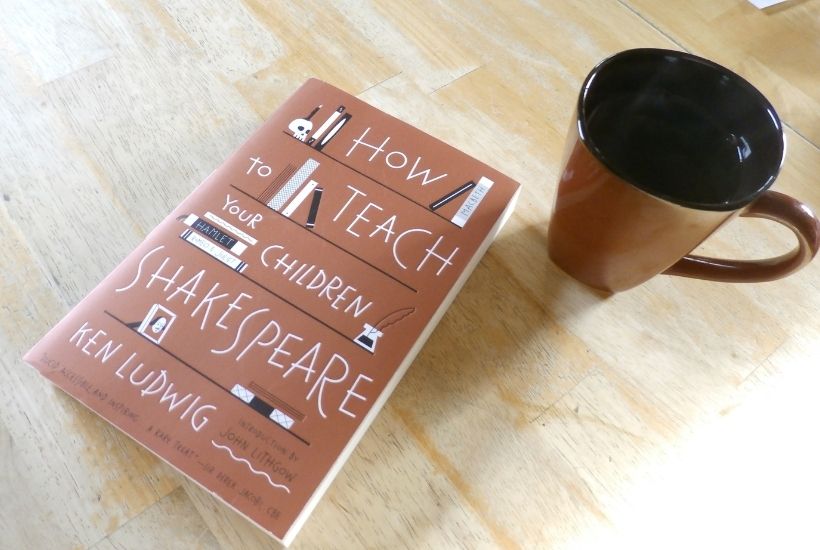

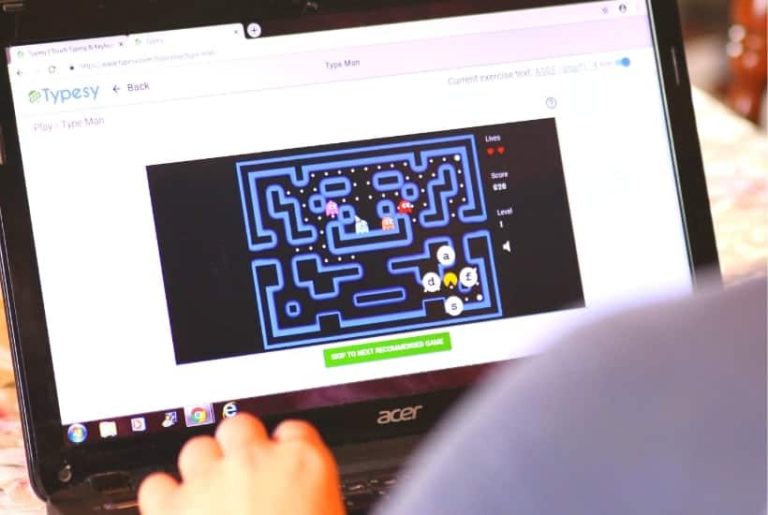

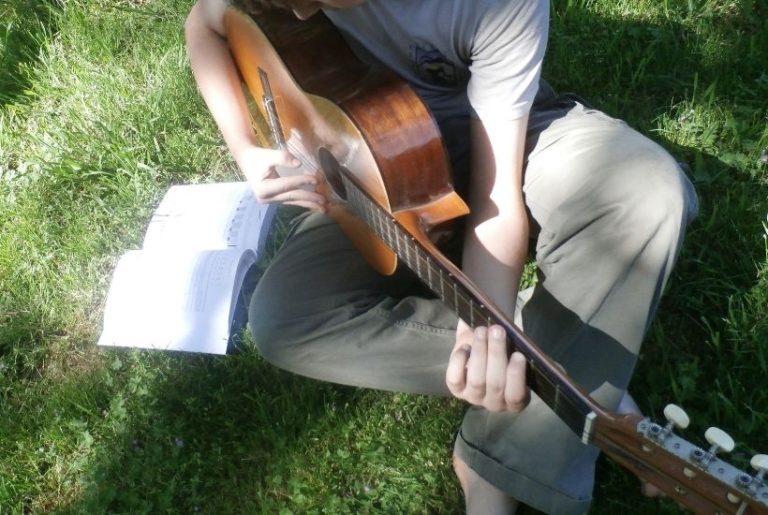

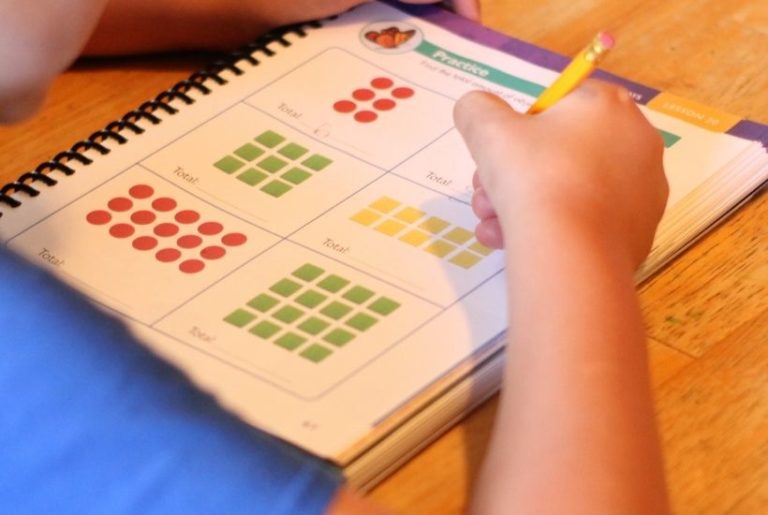

I’m very interested in this book. I was just wondering what ages this is recommended for?
Based upon Ken Ludwig’s statement on p. 15, “For any child from six to sixteen…” my thought is the book is written to be used with kids from 5 or 6 on up. The speed you’re able to work through the book will change, but it starts slowly. I’ve begin with my own 6 and 7 yos as well as my teenagers. 🙂
sounds like a great program, pinned for later use.